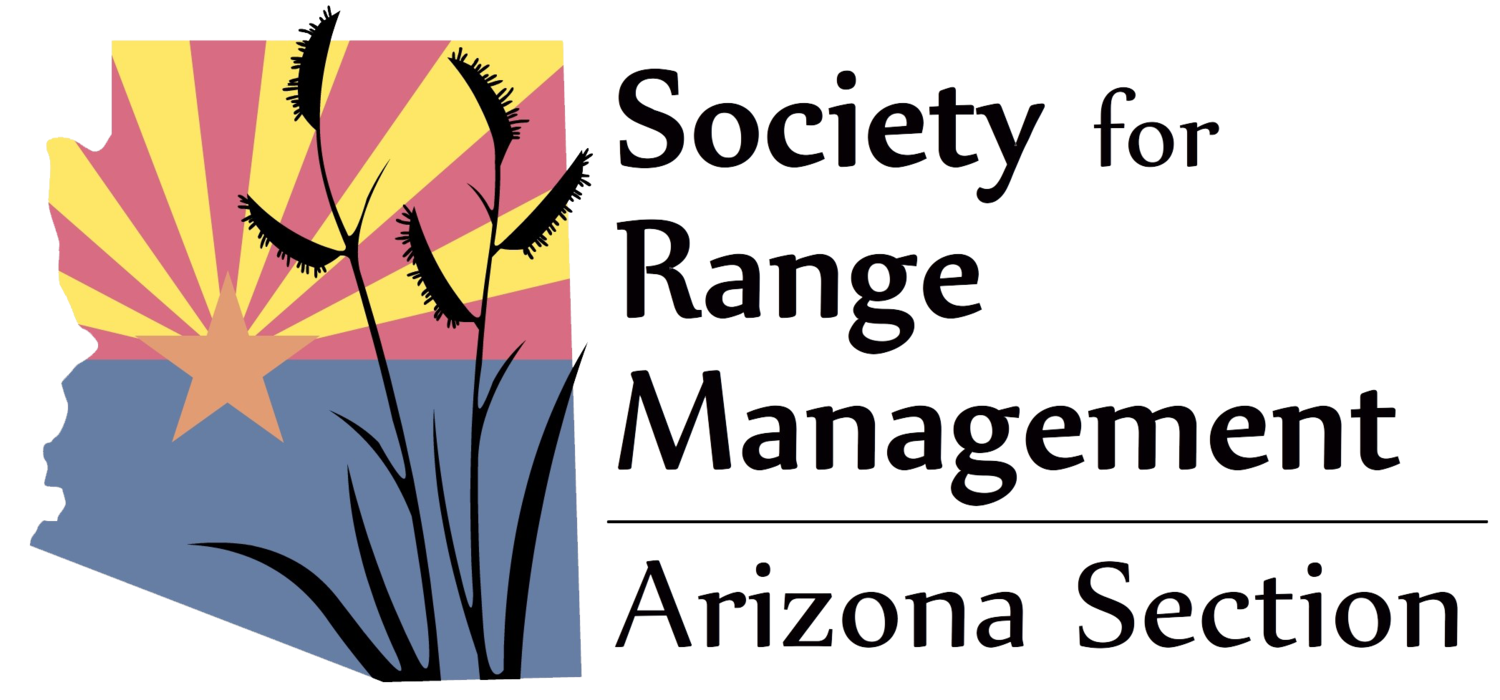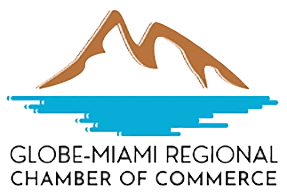Current Ag Issues
Water Rights
Milestones in Arizona Water Management
Additional Water Issue Resources
Arizona Water Factsheet: Gila County 2023
University of Arizona
This concise resource provides a general overview of the county’s water including supply and demand along with some unique water challenges attributed to Gila County’s distinctive geology and hydrology.
Arizona Water Blueprint
Arizona State University
The Arizona Water Blueprint is a data-rich, interactive map of Arizona’s water resources and infrastructure. Offering data visualizations and in-depth multimedia content on important water-related topics, the Water Blueprint is a tool for holistic thinking to inform policy decisions and good water stewardship.
List of Services
-
Arizona Water 101List Item 1
Historically, Arizonans have pumped groundwater faster than it was replaced naturally — a condition known as "overdraft".
-
Proposed Directive on Groundwater Resource Management, Forest Service Manual 2560 Write a description for this list item and include information that will interest site visitors. For example, you may want to describe a team member's experience, what makes a product special, or a unique service that you offer.
List Item 2 -
Arizona's Groundwater Management Code Write a description for this list item and include information that will interest site visitors. For example, you may want to describe a team member's experience, what makes a product special, or a unique service that you offer.
List Item 3 -
Between a Rock and a Dry Place: The Rural Water Supply Challenge for Arizona Write a description for this list item and include information that will interest site visitors. For example, you may want to describe a team member's experience, what makes a product special, or a unique service that you offer.
List Item 4 -
The Water Report: Arizona Groundwater Management Write a description for this list item and include information that will interest site visitors. For example, you may want to describe a team member's experience, what makes a product special, or a unique service that you offer.
-
Arizona Supreme Court Upholds State Water Rights, Affirms Gosar Legislation Write a description for this list item and include information that will interest site visitors. For example, you may want to describe a team member's experience, what makes a product special, or a unique service that you offer.
-
2020 Navigable Waters Protection Rule Write a description for this list item and include information that will interest site visitors. For example, you may want to describe a team member's experience, what makes a product special, or a unique service that you offer.
-
The Navigable Waters Protection Rule: Definition of "Waters of the United States" (PDF) Write a description for this list item and include information that will interest site visitors. For example, you may want to describe a team member's experience, what makes a product special, or a unique service that you offer.
-
EPA committee releases WOTUS recs NCBA voices support 2022 Write a description for this list item and include information that will interest site visitors. For example, you may want to describe a team member's experience, what makes a product special, or a unique service that you offer.
-
Waters of the United States (WOTUS): Frequently Asked Questions About the Scope of the Clean Water Act 2023 Write a description for this list item and include information that will interest site visitors. For example, you may want to describe a team member's experience, what makes a product special, or a unique service that you offer.









